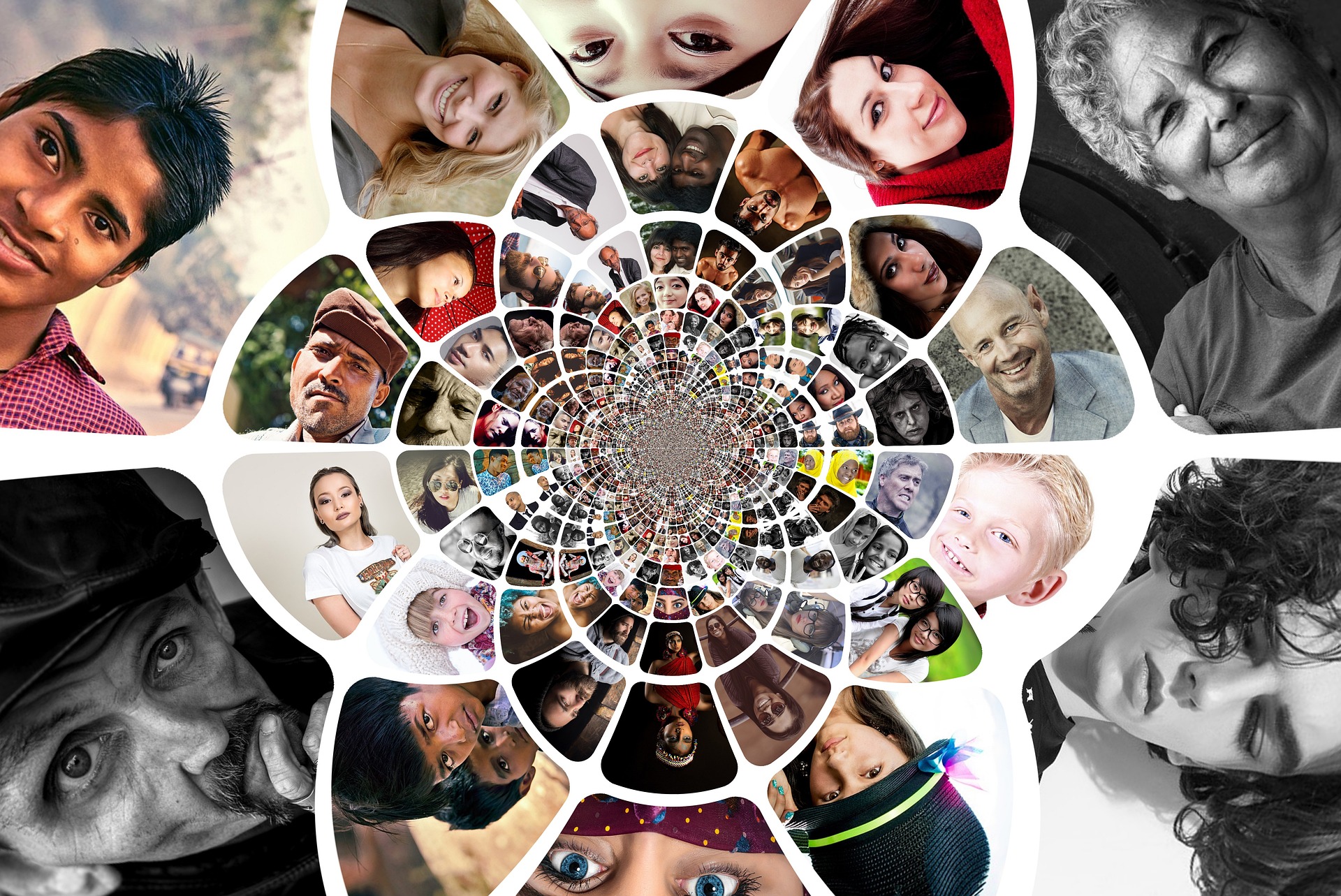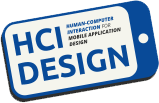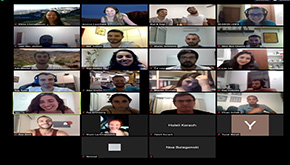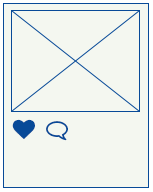PROJECTS
Bi-national teams of students will participate in three projects throughout the semester. For each project, the teams will design and build a prototype around a set of needs. The teams are tasked with deliverables throughout the semester. The final project will give the team an opportunity to take one of the projects towards a functional proof-of-concept that is presented in slides, posters, and demos at the Project Fair in front of international jury.
PROJECT NO. 1 - Design for Quality Education

TBA
PROJECT NO. 2 - Design for Affordable and Clean Energy

TBA
PROJECT TYPE NO. 3 - Design for Gender Equality

TBA












Late policy: no lates on group assignments.
There is no final exam and no “Pass” requirement regarding the final exam.
The grades will be awarded as: excellent, very good, good, satisfactory, passing, or failed and will be converted to the Israeli or Slovenian system accordingly.